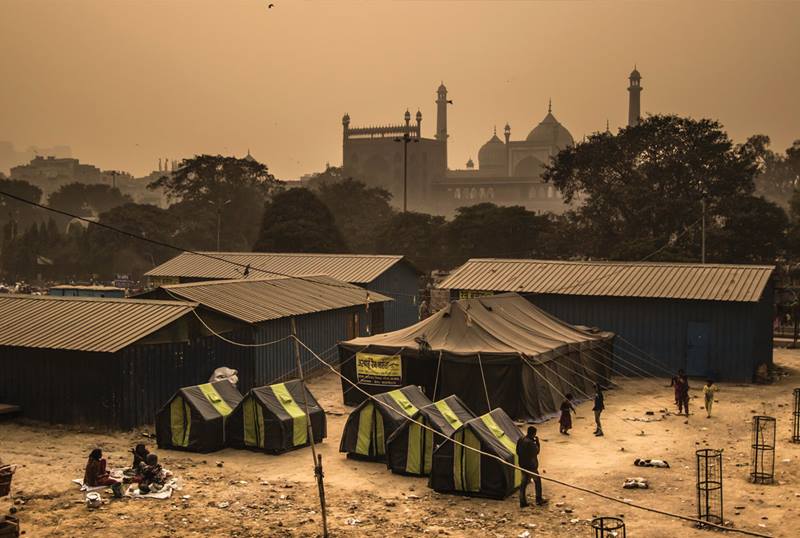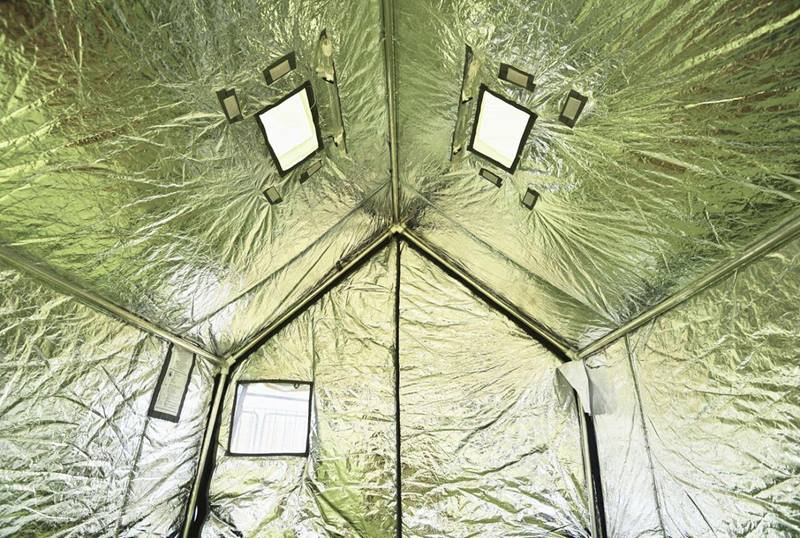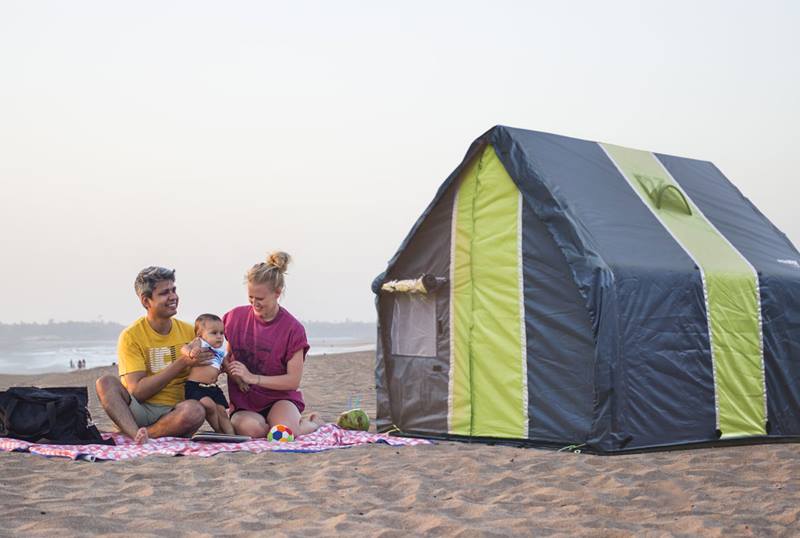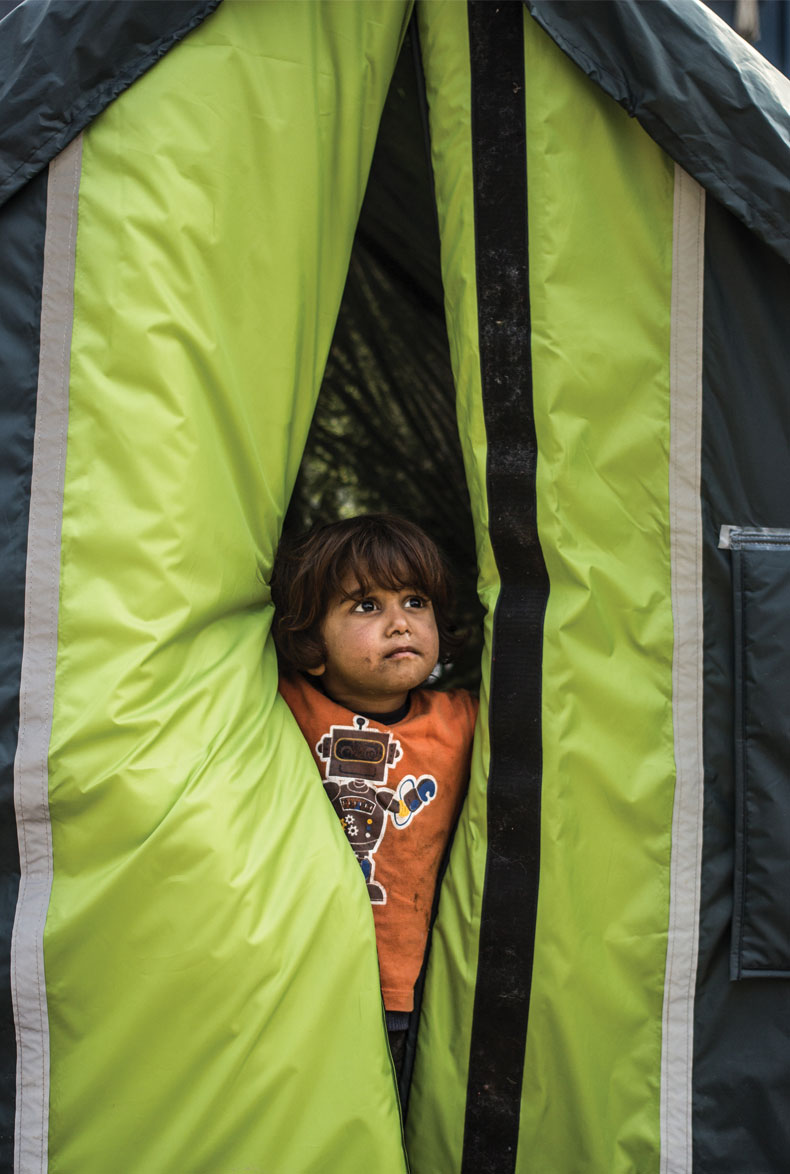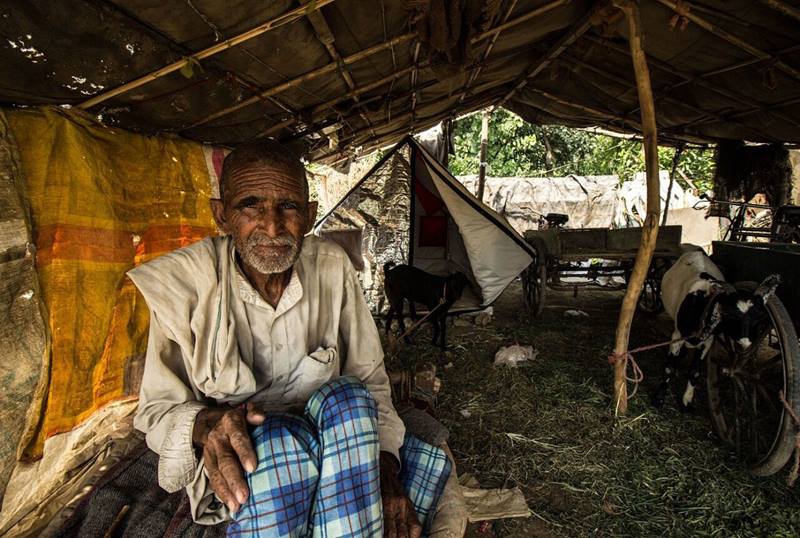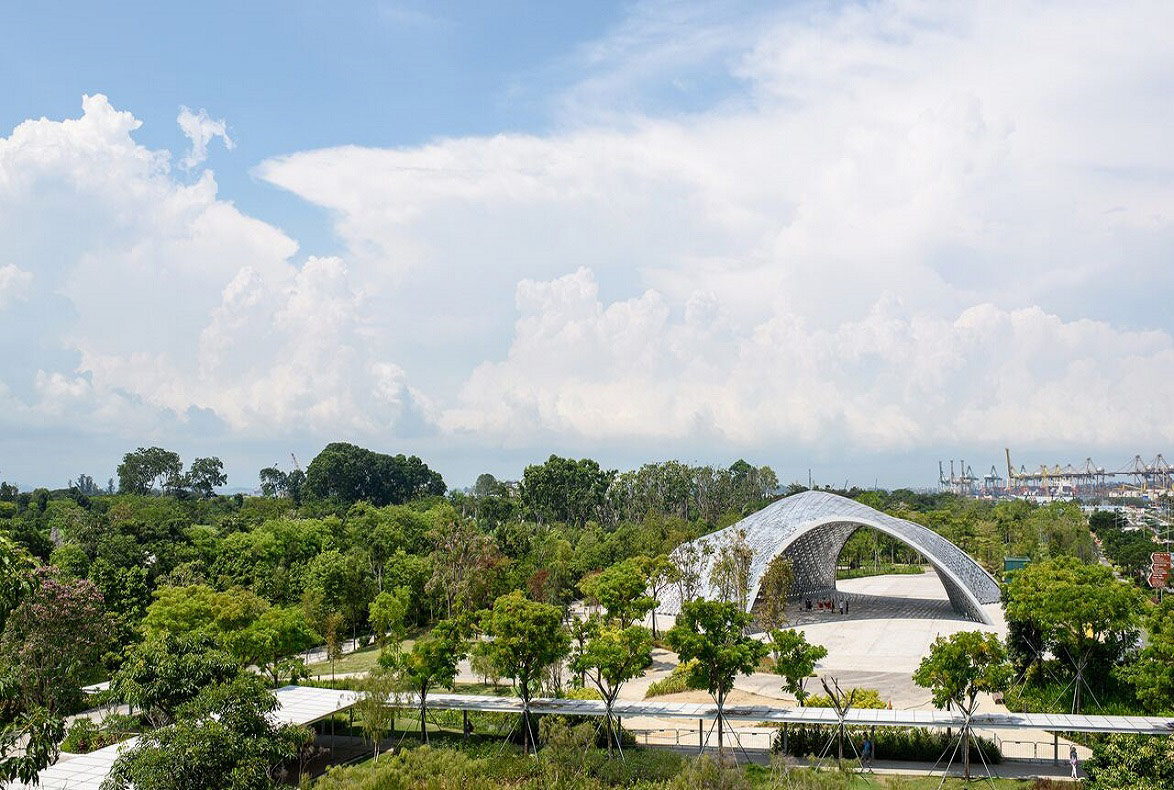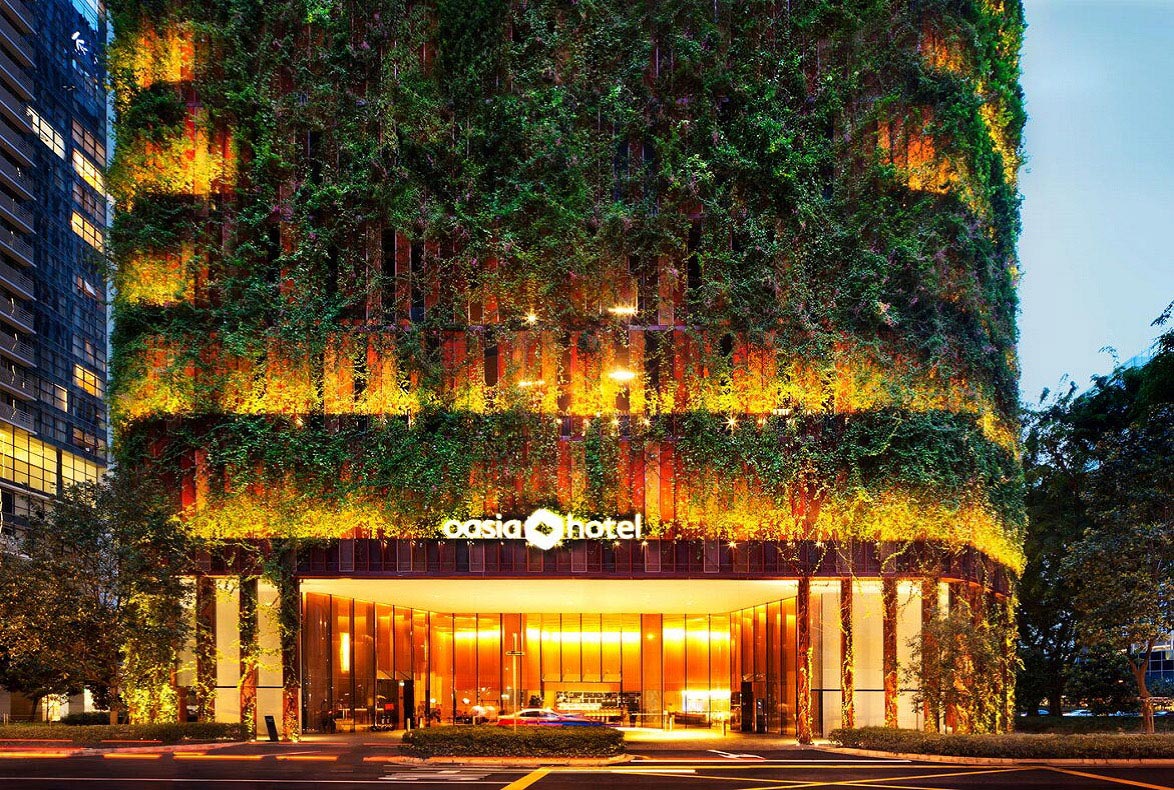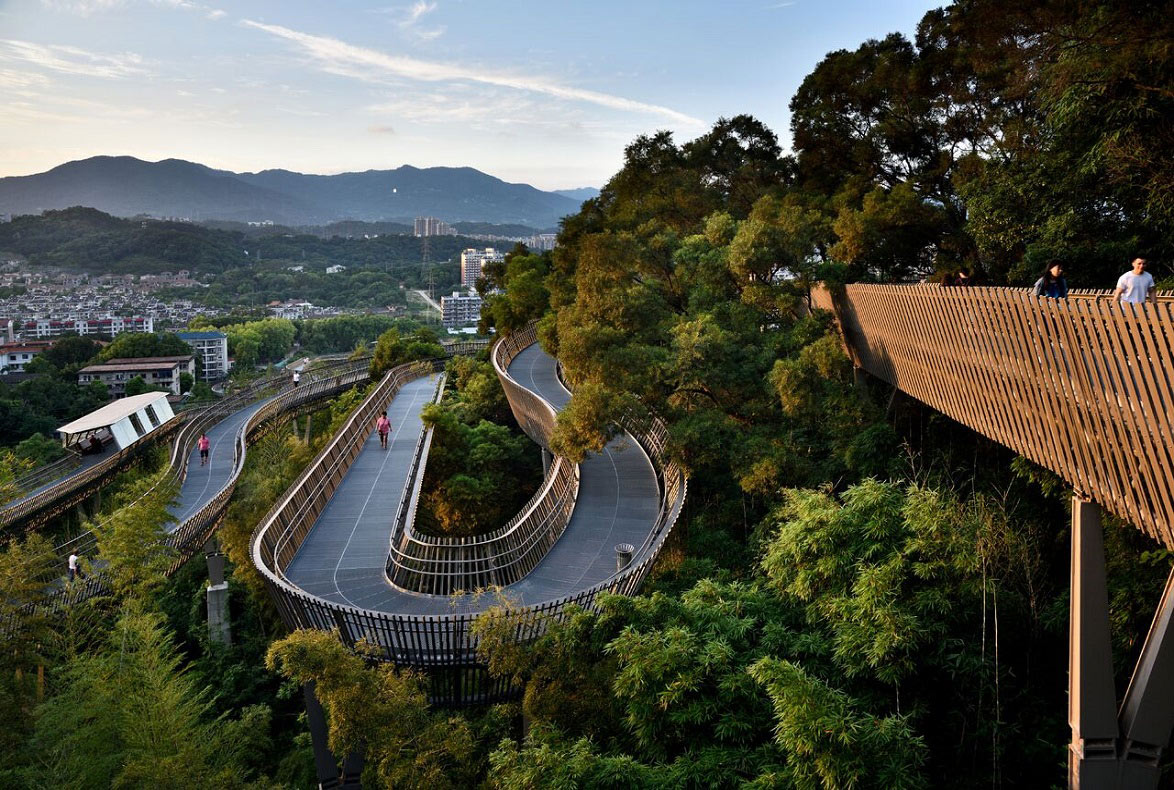DESIGN OF THE YEAR 2018
weatherHYDE
Designer
Billion Bricks Ltd
CONTACT
[email protected]
Design a solution that works and the customers will come—even if they are homeless. This is the belief that led to weatherHYDE, an all-season life-saving tent designed by Prasoon Kumar and team at Billion Bricks. Rejecting the traditional view of putting cost at the centre of designing solutions for humanitarian needs, the non-profit design studio came up with this tent for the homeless by treating them as customers who have every right to demand for quality products too.
WeatherHYDE is a shelter made out of an innovative flysheet that protects its users from a variety of elements. A reflective layer traps heat for warmth during winter and reflects solar heat during summer, while the tent’s triple layer skin also blocks light to provide privacy, especially for women, their children and families. Holding up the skin is a sturdy frame that can be constructed with plumbing pipes, eliminating the need for anchors and making the tent ideal for use in the urban environment.
Beyond a product that challenges the traditional sharp divide between needs and wants in humanitarian design, weatherHYDE has an innovative business model where the tents are sold direct to the homeless and to individuals who want to help those around them. This injects a fresh approach to tackling this global phenomenon.
About the Designer
Billion Bricks is a non-profit innovation studio that uses design as its primary tool to solve one of the most pressing global problems: homelessness. It designs and provides shelter and infrastructure solutions for the homeless and vulnerable. These scalable and sustainable solutions create opportunities for homeless families to emerge out of poverty by empowering them to replicate the solutions on their own and reduce dependencies on support. This creates ownership and pride and unlocks untapped potential for change. Since its founding, Billion Bricks has rehabilitated more than 1,800 homeless persons through its work.
The studio was co-founded in 2013 by Prasoon Kumar who is an urban planner and architect with over 10 years of international design experience with his work spanning across Asia, USA, Africa and Australia.
DESIGNER
Billion Bricks Ltd
MANUFACTURER
Shenzhen Palm Beach Camping Manufactory Co Ltd
FACTORY
Shanghai Huanxinxi Factory
MATERIAL DEVELOPMENT
Shanghai Brilliant International Trading Co Ltd
DESIGNER
Billion Bricks Ltd
MANUFACTURER
Shenzhen Palm Beach Camping Manufactory Co Ltd
FACTORY
Shanghai Huanxinxi Factory
MATERIAL DEVELOPMENT
Shanghai Brilliant International Trading Co Ltd
1A Singapore design for the world
WeatherHYDE is a product by Singapore-based Billion Bricks, which uses design to solve the global problem of homelessness. Since its launch in April 2017, the tents have been bought by homeless people in India, USA and Europe. The designers have also distributed 300 tents in cities across India such as Delhi. More recently, they successfully funded a campaign to ship 100 tents to refugees of the Rohingya crisis.
(Photo by: Billion Bricks Ltd)2A skin that matters
The tent can withstand a variety of weather conditions because of its flysheet design. A waterproof outer skin and three-layered stitching ensures it achieves water tightness. The innovative use of mylar makes the tent adaptable to different seasons and climates. The reflective layer traps body heat for warmth in winter and reflects solar heat to keep the interior temperature cool during summer.
(Photo by: Billion Bricks Ltd)3Not just for the homeless
WeatherHYDE’s design quality has also attracted recreational users and over 30 tents —the same ones sold to the homeless— have been bought by campers in Singapore, USA and Europe.
(Photo by: Billion Bricks Ltd)4Keeping families together
WeatherHYDE is designed to be large enough to fit a family of five—up to two adults and three children. Billion Bricks gave one of its first tents to a woman named Khushi in Jama Masjid, Delhi. She shared that it was her first home in 23 years and it had given her family the opportunity to be together as city-run shelters often separate families by housing them according to their gender.
(Photo by: Billion Bricks Ltd)5Keeping families together
WeatherHYDE is designed to be large enough to fit a family of five—up to two adults and three children. Billion Bricks gave one of its first tents to a woman named Khushi in Jama Masjid, Delhi. She shared that it was her first home in 23 years and it had given her family the opportunity to be together as city-run shelters often separate families by housing them according to their gender.
(Photo by: Billion Bricks Ltd)6Tracking the impact
Each weatherHYDE is geotagged with a unique ID. This allows donors and sponsors to go online to Billion Bricks’ website to see whom the tent has been gifted to and learn about the impact of their contribution.
(Photo by: Billion Bricks Ltd)Insights from the Recipient
Prasoon Kumar (PK): Our first perception of home typically is of a physical space, and we have some pictures in the mind about what a home is. It’s something where we live in; it’s a place we feel safe in as it protects us from the elements. But more than that, there’s a huge philosophical and psychological meaning behind a home that is more critical to understand. If you finish work in the evening and you don’t have a place to go, then you are kind of lost and it takes a huge toll. If you’re studying and don’t have a place to go after school, where would you study and how would you come out of poverty? And it’s not really about the poor, it’s also about kids who don’t feel at home in their own homes. You will never expect them to do as well as anybody else. So, there’s a huge psychological need that a home fulfils in our lives.
For us, a lot of what we’ve learnt about homes has come from meeting people who don’t have homes. In fact, we are even beginning to question the word “homeless” as well. We think the homeless are homeless, but for them, that street corner is their home. So, in reality they’re not homeless. There’s always a distinction I try and make between the children and the adults. Children who grow up and are born on that street corner—that’s what they know. They don’t know anything better nor anything worse. They feel safe, secure, and that’s their home. The stability in that space may not be there, but you would find millions of people who’ve lived in what we would consider homeless situations for generations. That’s what slums are.
PK: I come from the city of Delhi and I’ve lived there for over 20 years before I moved out. I remember for all of that time I lived in Delhi, you would hear news of people dying every winter and non-governmental organisations (NGO) will do these campaigns to raise money for blankets. I’m 40 years old now, and at least in my eyes, nothing has changed. We keep giving money for blankets every year but look at how our lives have improved. I was a little shocked that in the 21st century, we don’t have the ability to save our children from something as simple as the cold.
I co-founded Billion Bricks in 2013 but it is something I’ve been thinking about for a while. I’ve always wanted to work in the development sector rather than the commercial architecture sector because I wanted to walk the talk. In education, we’re always told about how we can make an impact to make an equitable world. Then in 2009, I spoke at a conference about affordable housing and the entire conversation was only about finance and land use. I thought design and sustainability were also critical issues but they were not part of the conversation. That’s when I had the idea that there’s a space which exists for design in the development sector which needs to be looked at. Eventually in 2013, I realised that unless we spend 24/7 of our energy thinking, breathing, and living it, we probably cannot come up with a solution for the homeless. Billion Bricks is an experiment to see whether what we speak about in conferences can be applied in reality.
PK: This is a very critical point about Billion Bricks. We typically believe that the poor are a beneficiary, and we’re the ones who will help them. What gives us this privilege to say we want to help? Why should they learn from you? Why do you think their methods are wrong? I want to shift this thing to say they don’t need to benefit from our help, but they need to be able to demand what they want.
When someone is a beneficiary, the onus is on us to help, and if the help doesn’t come, they cannot do anything. As a customer, the onus is on us to provide the best service, the best solution, the best products. Billion Bricks was not founded at any point to say that we want to help the homeless. Instead, I have a skill, there’s a need, and we want to match the skill with the need. We’ve had cases, especially with the tents, where the production was delayed last year, and there were two homeless—one out of Denmark and one out of Mumbai—who had preordered them. I received such nasty emails from the Denmark guy, saying, “Where is my tent?” Just out of this fear of the customer being angry, I shipped a sample tent that I had. It’s just this empowerment by looking at them as customers that we provide— that they should be able to demand quality and for things on time.
PK: Yeah, totally. I’ve had people who tell me “Prasoon, this is too good. Why don’t you design a cheaper version, a poor-quality version? You’ll be able to save costs.” I tell them: Billion Bricks never starts things with the cost. People will pay, or find people to pay, if we are providing the right thing. Hence, we never design what I call as poor quality products for the poor. We design what we think is the right thing. That’s why also a lot of times in social design we always talk about “what is it that the poor want”. I always tell them that the poor don’t know that somebody can provide this level of quality to them. So, if you ask them questions on what they want, they’ll never know. We have to aspire and make them aspire for what they deserve.
The typical approach is to value engineer what you and I would use for the poor. But with weatherHYDE, I say we actually reversed this whole process. We are sold on a high-end design website in the United States, we also sell it for recreational use and we will be on Amazon as well. We ship exactly the same thing that we ship to the homeless. It’s not designed for recreational users, but people love the whole experience of being in a silvery tent. I would say this is the unintended consequence of this whole principle of not designing for the “poor”.
PK: Except for the fact that it is insulated and reversible, everything about the design came from the ground. The most critical thing is the size because all the people we’re dealing with are actually illegally squatting on the land. Nobody should come in and tell them that, “Because of weatherHYDE, you’re squatting on a bigger piece of land”. So that’s a big determinant for why the design is a certain size. The other big thing is most of the people on the streets in India are construction workers. They are the poorest of the poor. Hence, the structure was designed with construction materials like plumbing pipes so they can build the structure on their own, and they don’t have to depend on us.
Being on the ground is something which is very important for us. When I first founded Billion Bricks, my idea was it would be set up in Singapore and we would be consultants to a lot of other NGOs who are working on the ground. But Billion Bricks’ vision is about innovation and looking at the poor and solutions for the poor very differently; I found that our local partners were just not aligned with that vision at all. And that’s why we have to spend more and more time on the ground—to be able to understand and change the whole dialogue about what kind of solutions we provide to the poor.
Citation
Jury Citation
Nominator Citation
Hari Krishnan
Chief Executive Officer
PropertyGuru
The driving ethos of the designers behind weatherHYDE is to end homelessness. Their design is a systems-based solution aimed at making a sizeable dent in this problem. It is a women-friendly, weather-proof, portable and easy-to-set-up shelter for homeless families.
The designers approached their project with a bold, refreshing principle: “Never design poorly for the poor.” The product’s multiple innovations are found in numerous thoughtful details. Inspired by reversible jackets, the tent similarly has a reversible skin for summer and winter use. A new layered stitching method was developed to ensure that the tent remained watertight under extreme weather conditions. An opaque skin protects the privacy of women and children when the tent is lit from within. Even its frame is flexible enough to be constructed out of readily-found materials like pipes or can be 3D-printed. WeatherHYDE is indeed designed with an unwavering focus on its target end-users, whose needs the designers studied through months of interacting with the homeless and volunteering on humanitarian missions in disaster zones.
What further impresses the Jury is the company’s innovative business model, which empowers their users as customers, not beneficiaries. Flexible payment terms allow users to purchase their own tents—homes, in actuality—instead of having to wait for aid. WeatherHYDE is proof that projects with great social equity can improve lives whilst creating value for its users and designers.
Billion Bricks and Prasoon came to my attention in 2015. I strongly resonated with their vision to eradicate homelessness, having grown up in India and seen a number of my countrymen and women struggle to get a roof above their heads.
Having spent time getting to know Prasoon, I saw the story was even better than that. A highly qualified architect and urban planner, he had stepped away from a highly paid job to apply his craft on a worthy cause. Plus, he had done so in the prime years of his career, not after he had made his millions. The sincerity in his eyes and words was unmistakable and his next words made it clear that I wanted to help his organisation succeed. He asked me why someone who is poorer should have a “poorly constructed and designed” house? Why indeed?
Prasoon has a few key elements which any good business leader must have: discipline, a sense of purpose and patience. Having the technical skills to do something about the area he has targeted—putting people into homes and giving them shelter—makes him the ideal leader of Billion Bricks. His solutions focusing on disaster relief (weatherHYDE) and rural self-funding housing (the very exciting powerHYDE) show he is able to connect his purpose with his knowledge.
Having been working with Prasoon a little closer over the last year or so, I have seen some admirable personal qualities which some profess, but he displays: honesty, humility and quiet strength. These are all key in the tough not-for-profit sector and have made him more successful than most.
Billion Bricks is focused on Southeast Asia and India today, but just as easily could impact other parts of the world. Their products are wonderfully portable; as is their thinking.

